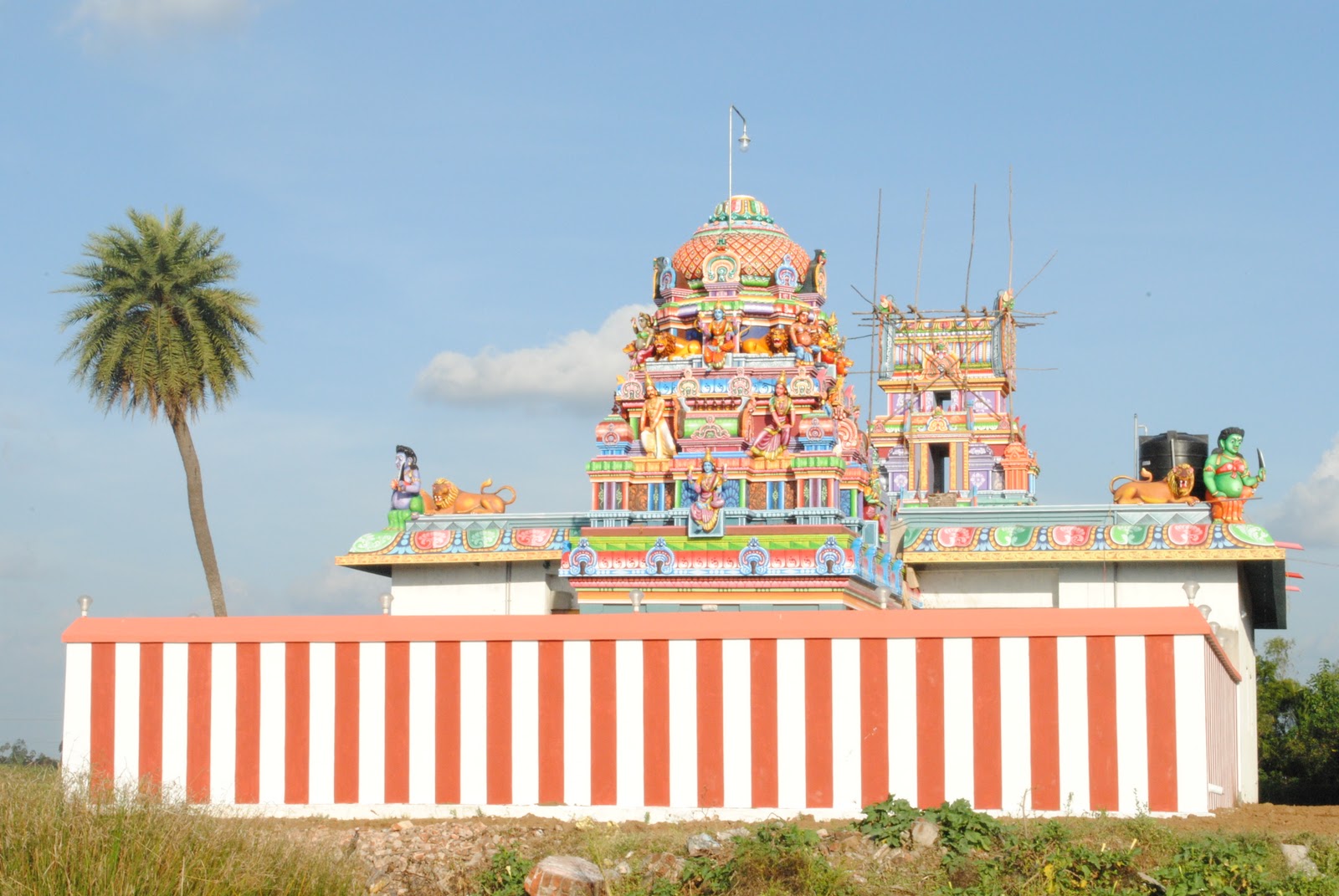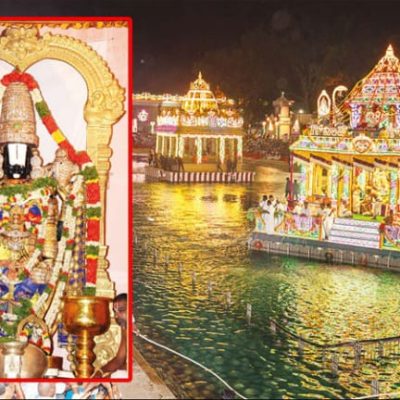Kunniyur Sri Kamakshi Amman Temple, Thiruvarur

Address
Kunniyur Sri Kamakshi Amman Temple, Kunniyur, Mannargudi Taluk, Thiruvarur District Mobile: +91 93813 30019
Deity
Amman: Sri Kamakshi (Parvathi)
Introduction
- Location: Kunniyur Village, Thiruvarur District, Tamil Nadu
- Significance: This temple is believed to be around 200 years old and is dedicated to Goddess Parvathi. The idol, known originally as Seethala Parameswari, has come to be revered as Kamakshi. The temple is located in an area historically referred to as Madhuvana Kshetra, near the Agasthya River and the Harichandra River. The village’s name has evolved to Kunniyur from Kannipuri.
Puranic Significance
- Architecture: The temple features a Vimanam, a Maha Mandapam, and a three-tier Rajagopuram.
- Deity Description:
- The goddess is worshipped as a Swayambumurthy (self-manifested) and is referred to as Seethala Parameswari. The name Kamakshi translates to “the Goddess with Loving Eyes,” reflecting her nurturing and graceful nature. The syllables in her name signify different divine qualities:
- Ka represents Saraswathi (Goddess of Wisdom),
- Ma represents Mahalakshmi (Goddess of Wealth).
- The goddess is worshipped as a Swayambumurthy (self-manifested) and is referred to as Seethala Parameswari. The name Kamakshi translates to “the Goddess with Loving Eyes,” reflecting her nurturing and graceful nature. The syllables in her name signify different divine qualities:
- Idol Characteristics:
- The idol of Goddess Kamakshi is petite, appearing in a seated posture with her right leg folded and the left hanging.
- The temple has grown significantly from its humble origins as a palm or coconut leaf tent into a well-respected temple today.
- Worship Practices:
- Devotees show respect to the goddess by walking softly around the temple, a practice known as Adi Pradikshina. This reverence highlights the temple’s sacred nature.
- Pachai Poduthal: A family’s auspicious functions commence here with prayers, including abishek (ritual bathing) and Lalitha Sahasranama puja. At night, the goddess is carried on a plank called Padi Chattam, adorned with offerings such as rice, coconuts, fruits, and vegetables.
- A priest, representing the guardian deity Kathavarayan, brings a wooden club, known as Sukkumandhadi, similar to that of Anjaneya.
- Pallyam Poduthal: Devotees offer various items like fruits, flowers, neem leaves, and cigars while blessing the event with Udukku (a hand drum) and Arul Vakku (blessing words). The ceremony culminates in a tattoo ceremony at the temple, believed to bless the family and guide their future actions.
Beliefs
- Devotional Practices:
- Devotees seek the goddess’s blessings for various life events, including the removal of obstacles in marriage alliances, the boon of children, and advancements in education.
- Common practices include performing abishek and offering Vastras (clothing) to the goddess as acts of devotion.
Festivals
- Thee Midhi Festival:
- Celebrated in the month of Chithirai (April-May), this unique festival involves walking over a fire pit, symbolizing devotion and sacrifice. During the festival, devotees and priests carry the personified goddess in a pot of water and participate in this intense ritual, reflecting their faith and commitment.
Century/Period/Age
200 years old
Managed By
Hindu Religious and Charitable Endowments (HRCE)
Nearest Bus Station
Sathirakudi
Nearest Railway Station
Mannarkudi
Nearest Airport
Trichy





